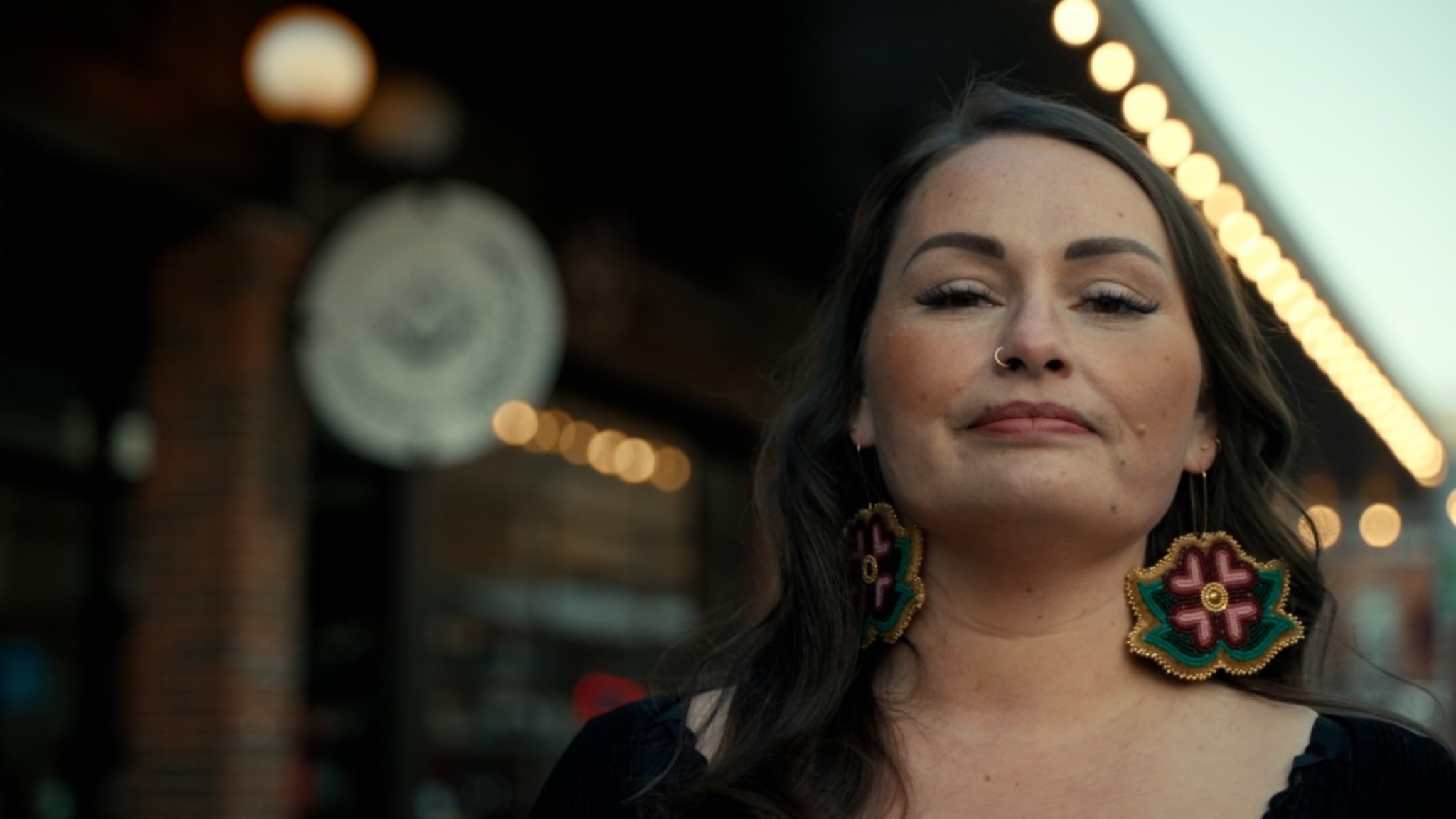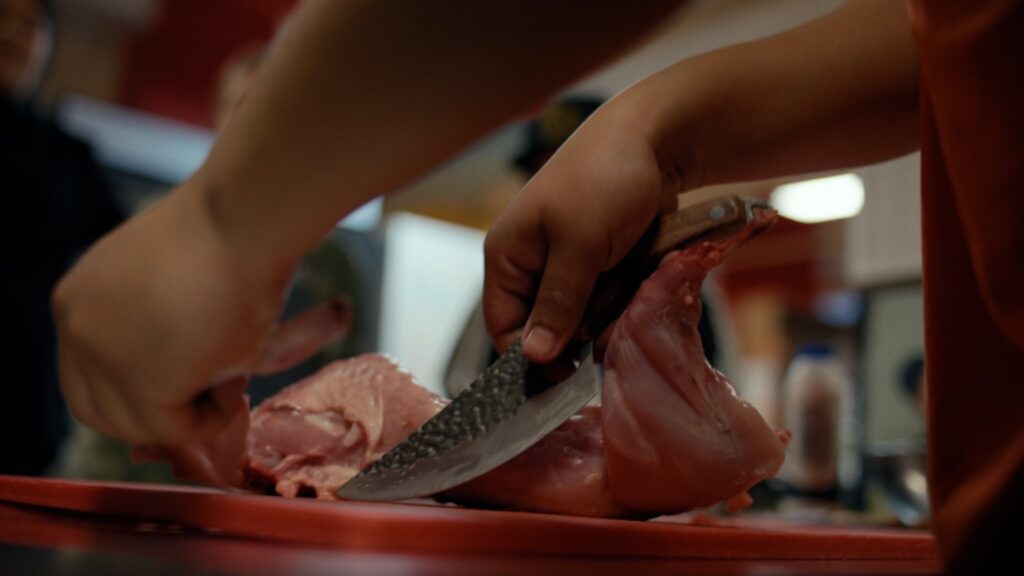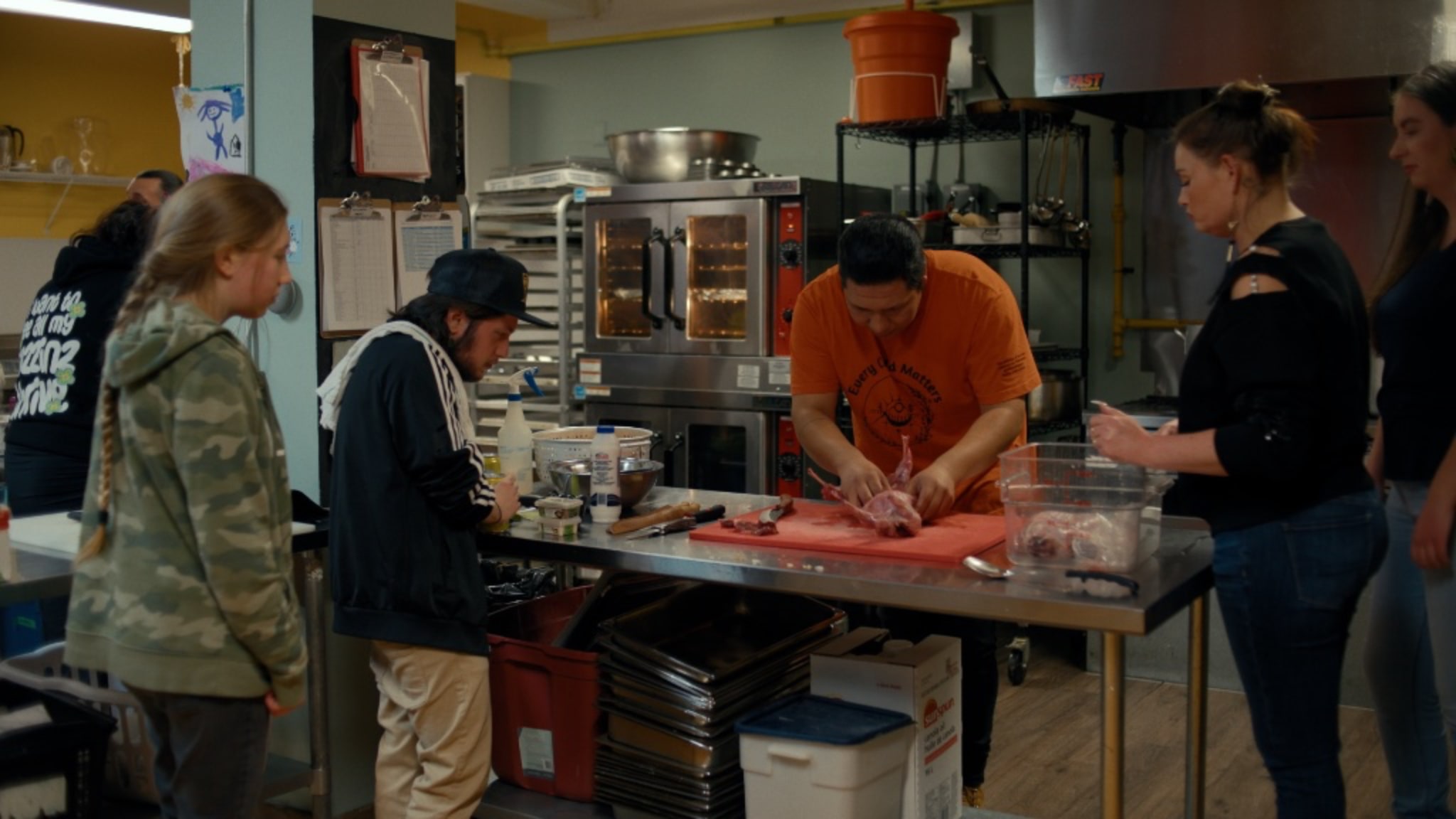1
EPISODE ONE : OTTAWA
OUR STORYTELLERS

AMANDA

GABRIELLE
RABBIT STEW
waabooz-naboob
The Anishinaabe Algonquin people of the Ottawa Valley have been living from and caring for the land since time immemorial. Rabbit has long been an essential staple food and was usually trapped in the winter.
Typically, families would spend the winter months on their trapline, hunting game, living from the land and educating youth. From dawn to dusk, rabbits always travel on the same trails and are very easy to spot, making them one of the easier animals to trap.
An old saying calls for rabbits to be trapped during months including the letter “R”, namely from September to April, as their coats are thicker, their tracks are more visible in the snow and the risk of killing pregnant mothers is lower.
Indigenous peoples across Turtle Island have developed precise trapping and snaring techniques over millennia. Traditionally they used a noose made of moose sinew but now opt for more easy-to-use metal traps and modern snares.
One of the traditional recipes for hare or rabbit is a stew with root vegetables and broth. Algonquin chef Cezin Nottaway opts for a recipe she learned from her grandmother, using potatoes, celery, rosemary and garlic, in addition to mustard and homemade maple syrup.


The meat is tenderized in a pot for up to two hours before the other ingredients are added to simmer together, turning it into a thick unctuous broth. The dish is considered a delicacy and is often cooked for special occasions.
Although trapping and cooking rabbits is an age-old tradition, the increasing effects of climate change and warmer-than-usual winters are preventing many trappers from passing on this practice to youth.
The displacement of many Indigenous people to urban centers and the loss of access to territory have also hindered the continuation of trapping practices and the connections to traditional foodways that they create.
However, Indigenous grassroots organizations, such as A7G in Ottawa, are stepping in to fill that gap. They offer learning opportunities by bringing people onto the land for workshops and by hosting community cooking classes and meals, all to perpetuate traditional knowledge and safeguard ancestral practices.

CONTACT US
Have a story about your own little big community?
Reach out and let us know! We would love to help you tell it.
